10 Storage Predictions For 2010

It is fairly easy to predict some of the trends solution providers can expect from the storage market in 2010, with convergence of storage and other technologies, the fight between Hewlett-Packard and Cisco over the look of the data center of the future and the rise of storage software sales a given.
Tying these different trends into a single coherent picture of storage in 2010, however, is more difficult. Each of them is important in itself, but looking at them in context makes it easier to get a sense of what to expect.
And, far from being scary, these trends play right into the hands of integrators and solution providers savvy enough to prepare now to take advantage of them.
Predicting the future of storage is a tough job, but somebody's gotta do it...
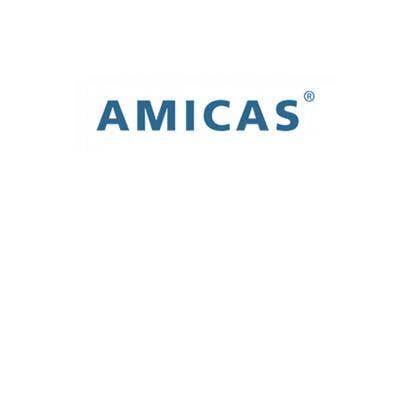
The converged data center of the future was planned in 2009, but will be shaped in 2010.
Data centers are going through a new stage in evolution in which various systems are integrated to ease the management burden while helping customers prepare for the advent of cloud computing.
Cisco led the way in 2009 with its Unified Computing System, a product line that converges servers, storage, and networking into a single architecture, followed with HP's $2.7 billion bid to acquire networking vendor 3Com.
While Cisco adds servers and storage to its networking, companies like IBM and HP are integrating networking with their servers and storage, particularly in their blade offerings.
Several storage vendors, including Cisco, Brocade, QLogic and Emulex, are combining SAN and IP network traffic into a single fabric with technologies like Fibre Channel over Ethernet to cut networking complexity and costs.
These moves, combined with the adoption of high-speed networking technologies such as 10-Gigabit Ethernet and the added resiliency of Converged Enhanced Ethernet will help convergence start to bloom in 2010.
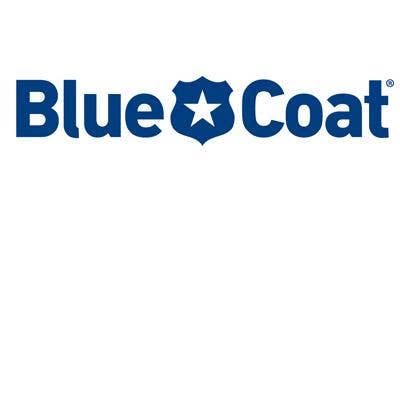
While the data center evolves, a revolution still needs to be fought.
Expect all-out war between HP and Cisco as the two fight over whose technology will serve as the foundation for the data center of the future.
Cisco is by far the king of the data center network business, but with its UCS strategy is trying to build on that legacy business with the addition of its own blade servers and with storage from key partners, especially EMC. Cisco has also added significant storage networking technology to its line card, and will continue to combine storage and IP networking technology.
HP is one of the largest server and storage vendors in the industry, and until its planned acquisition of 3Com had a nascent-but-growing networking business under its ProCurve brand. However, with 3Com, HP will be able to combine its storage and IP network technologies and go head-to-head with Cisco in the networking business.
HP has the server and storage market share, a savvy former EMC exec (Dave Donatelli) running the business, and experience living with low margins. Cisco has the No. 1 storage vendor (EMC) backing it and a stranglehold on data center networking.
Cry havoc! And let slip the dogs of war.
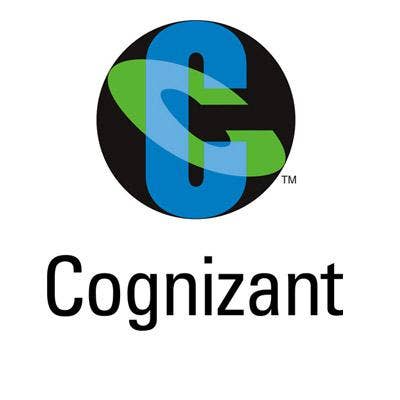
The year 2009 saw mergers and acquisitions that changed the face of the storage industry, including HP's move to bring storage and networking together with its acquisition of 3Com, or EMC's grab for Data Domain out of the outstretched hands of rival NetApp.
But we ain't seen nothin' yet.
The new year could see the acquisition of storage networking kingpin Brocade by either IBM or HP as a way for them to combat Cisco's UCS strategy. For IBM, the acquisition of Brocade would give it both storage and data networking capabilities, while HP could use Brocade's storage expertise in combination with its 3Com acquisition to better fight Cisco.
2010 could also see Cisco buy EMC to better fight HP and IBM for the future of the converged data center. Heck, Cisco and EMC are already best buddies anyway.
Other candidates include the possibility of Dell buying a storage software company to buttress its falling hardware sales; someone buying part of Sun's storage business, particularly the old StorageTek business with its huge maintenance revenue; and IBM, HP, Cisco, EMC, or one of a dozen other vendors acquiring BMC for its data center automation technology.
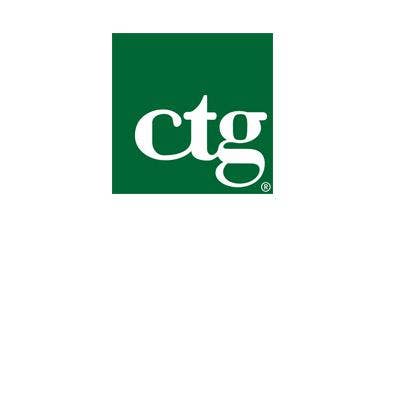
Software to better manage and add functionality to storage hardware will be increasingly important in 2010 as customers look for better ways to manage their existing hardware.
Customers are seeing their storage requirements grow while their budgets continue to fall, and they are looking at ways to manage that growth without adding hardware.
This can be done with a variety of storage services provided by software, some of which are already in play, and others of which are entering their data center consciousness.
These include:
- Deduplication, which strips away duplicate files and/or blocks of data and replaces them with pointers to the duplicate information to cut the amount of data stored and backed up.
- Thin provisioning, which lets applications think they have control of more storage capacity than actually available and which then automatically adds more capacity when actually used.
- Policy-based storage, which stores, migrates, backs up, and deletes data automatically according to specific company requirements.
- Virtualization, which allows pools of capacity to be made from multiple storage devices in order to better utilize that capacity.
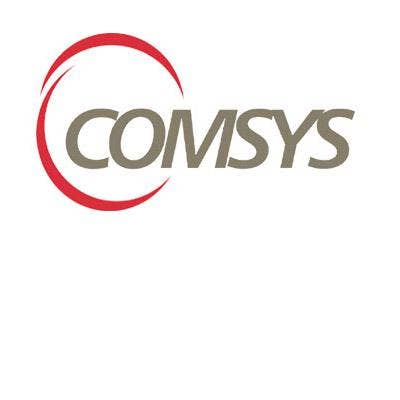
Assuming that storage software and storage management play an ever-increasing role in the data center, what about storage hardware?
What, indeed.
The storage hardware business is continuing to suffer from the double-whammy of declining IT budgets and better ways to manage the hardware through software and other means.
That will continue in 2010 as customers get used to the idea of squeezing more capacity out of their storage hardware dollars.
Just look at the third quarter of 2009, where IDC estimated that worldwide external disk storage system revenue fell 10 percent compared to the same period of 2008, despite a 21 percent increase in the number of petabytes shipped during that time.
Storage vendors in 2010 will continue to see their hardware revenue and margins erode, and will respond with new software functionality to increase license revenue, as well as new partnerships that will enable them to bring in more value-added hardware without increasing capital expenditures.
Also expect storage vendors to continue their acquisition spree with purchases of small software vendors that currently offer point solutions to specific problems that can be integrated with other functions.
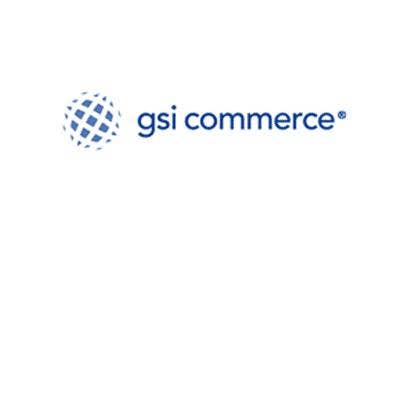
The increasing commoditization of storage will be prominent in 2010 as storage vendors look for ways to cope with falling storage revenue.
As mentioned in the previous slide, total storage revenue is falling despite a strong increase in the amount of storage capacity sold.
A big part of that revenue drop comes from customers getting used to buying lower-price commodity hardware and then integrating it into their data centers.
We are already seeing the top-tier storage vendors move in this direction, with EMC's introduction of Atmos, or Sun Microsystem's Sun 7000 Unified Storage Server series, code named "Amber Road."
The use of commodity storage devices from second-tier providers will also grow, thanks in part to the availability of software from companies such as Symantec or Scale Computing that ties such devices into fault-tolerant clusters.
And since such software works with storage appliances from multiple vendors, customers can buy what they need, when they need it and from whom they wish.
The result? The power of the largest vendors to dictate which storage technologies customers use will continue to erode even as commodity storage plays an increasing role in the data center.
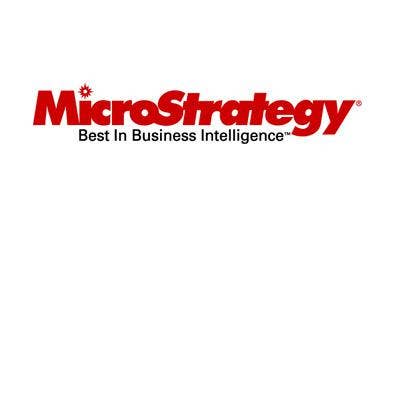
Cloud-based storage, which in many ways proved to be a successful experiment in 2009, will shift to be a major business offering in 2010.
Cloud-based storage refers to turning storage into an Internet-based service through which users can access and manage their data without knowing or caring about the physical location of that data.
Increased acceptance of cloud-based storage will be a real hallmark of 2010 as customers from students to the largest enterprises look for ways to contain costs and make sure they can access and share data from anywhere.
This can be done in several different ways. Consumers are already fairly comfortable with the idea of storing and sharing photographs and media files online with such services as Flickr. Solution providers are working with several small vendors or with companies like Symantec and EMC to set up Internet-based backup systems for SMBs and enterprises. And, despite the occasional hiccup, cloud services such as Amazon EC2 are providing low-cost cloud-based storage for a fast-growing customer base.
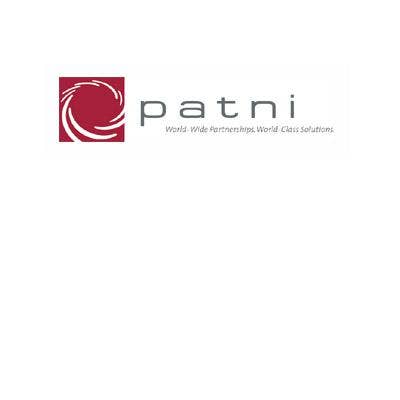
A big boost for the storage business in 2010 will come from pressures outside the corporate environment to find better ways to archive and search important data.
A big part of this boost will be driven by the U.S. government's stimulus package, which is pushing health care providers to invest heavily in electronic medical records. That will result in hospitals, medical offices and related organizations increasing their storage capacity to better save, archive and share patients' records, X-rays, and other images.
The push to automate the e-discovery process will also have a major impact on storage growth. E-discovery is technology to automate the classification and searching of company records in order to discover information related to lawsuits and other legal issues.
While some companies have started to automate e-discovery, few have begun the task of bringing new forms of communication, such as instant messaging, VoIP and social networking, into the e-discovery process.
Those new forms of communications, which traditionally have been ignored by businesses because of how difficult they are to manage, will figure prominently in storage requirements related to corporate governance and government regulatory requirements in 2010.
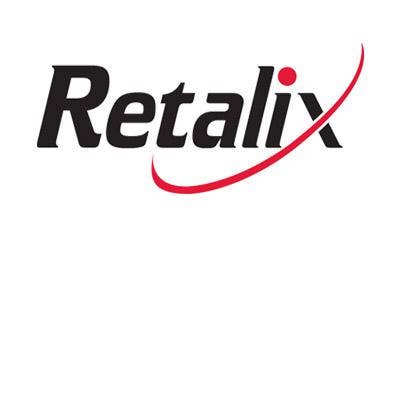
Thanks to Seagate, the solid state disk drive (SSD) market will get serious in 2010.
SSDs offer much improved performance over spinning hard drives, and can actually help customers save money by cutting their purchase of excess hard drives, much of the capacity of which is wasted by "short-stroking" to increase their performance.
Unfortunately, that wasn't much of an incentive for tier-one hard drive vendors Seagate, Western Digital, and Hitachi Global Storage Technologies to protect their traditional business.
Seagate in December became the first of the Big Three to introduce enterprise-class SSDs. Until then, the market had to choose from a number of smaller vendors and a host of non-drive vendors like Intel.
However, Western Digital in March acquired embedded SSD maker SiliconSystems, while Hitachi is developing SSDs with Intel and plans to introduce them in the first half of 2010.
Now that Seagate has broken the silence of the Big Three, the SSD market stands to take off. All the top storage vendors have already adopted SSDs for a part of their storage arrays, and smaller vendors such as Compellent are following suit.
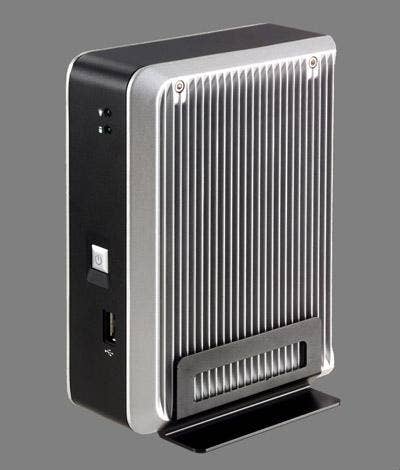
Solution providers found storage to be good business in 2009 despite the economic downturn. Now they have all the pieces in place to see that business grow even better in 2010.
Everything Channel's State of Technology: Storage survey of solution providers conducted in September found storage to be a growing business and a profitable one.
For 2009, nearly one-third of solution providers said storage product revenue grew compared to 2008, while only about 15 percent reported a storage revenue decline. Meanwhile, over 80 percent reported that storage solutions profit margins remained steady or grew compared to 2008.
That's great for 2009. But with all the changes coming in the market -- technologies converging, new vendor alliances, leading-edge technological improvements-- solution providers will find their services and integration expertise in even more demand from customers looking to keep costs low while addressing a host of new business requirements.
2010 will be a very good year for the storage channel.